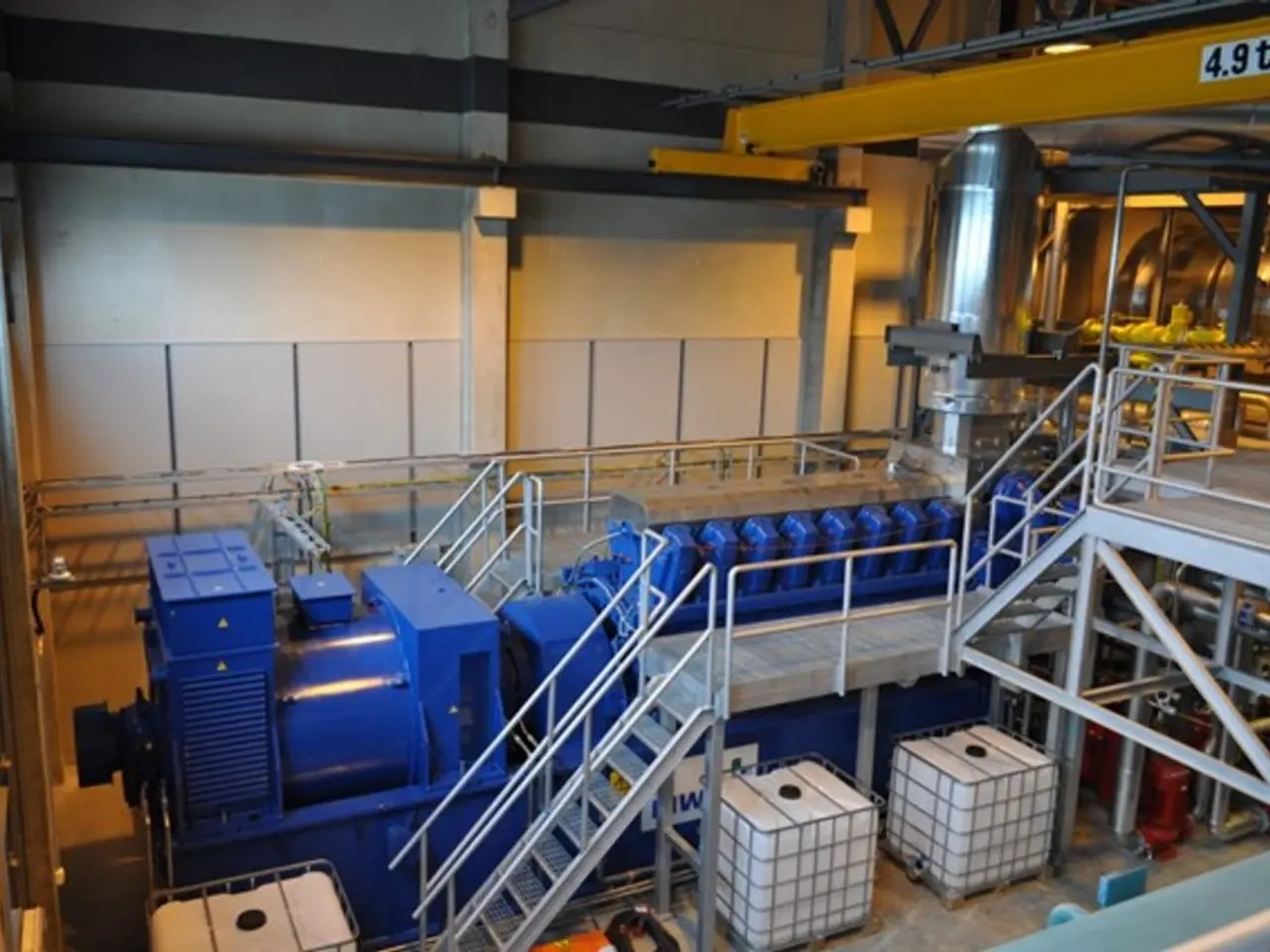Streamline Your Construction Acquisition with These Five Strategies
In the world of construction, procurement plays a crucial role in the successful execution of a project. Construction procurement is the acquisition of materials, equipment, services, or resources needed for a construction project. This process involves several steps, including creating a procurement management plan, evaluating bids and requests for proposals (RFPs), overseeing resource management, and tracking projects.
Construction project management software can be a valuable tool for construction procurement managers. Such software offers features like kanban boards and real-time dashboards, allowing for efficient planning, monitoring, and reporting. These tools can help manage resources, budget, and timeline, ensuring a project stays on track.
There are five primary construction procurement methods:
- Traditional Procurement (Design-Bid-Build)
- This method involves the client separately contracting design and construction services. The consultant or architect handles design, and the contractor handles construction.
- Advantages include clear, established processes with defined responsibilities and competitive bidding that may lower initial costs. However, this method can lead to longer project timelines due to sequential phases and increased risk of change orders.
- Best for: Well-defined, straightforward projects with low risk and clear design requirements.
- Design and Build (D&B)
- In this method, one entity is responsible for both design and construction, streamlining communication and accelerating project delivery.
- Advantages include faster project completion by overlapping design and construction and a single point of responsibility that improves accountability. However, this method may result in the client having less influence over design decisions and potential emphasis on cost savings over quality by contractors.
- Best for: Projects with tight schedules or limited client management capacity.
- Management Contracting
- In this approach, the contractor manages the construction process and subcontractors, while the client retains financial control.
- Advantages include the potential for shorter project execution times and flexibility to manage changes during construction. However, this method may shift some financial risks to clients.
- Best for: Complex projects requiring flexibility and early contractor involvement.
- Integrated Project Delivery (IPD)
- In IPD, all key stakeholders (owner, architect, contractor, suppliers) collaborate early and share risks and rewards.
- Advantages include high transparency and collaboration that reduce delays and cost overruns, aligning all participant interests for overall project success. However, this method requires strong mutual trust and clear contractual agreements, and roles and responsibilities can be complex to define.
- Best for: Projects prioritizing teamwork, risk sharing, and innovation.
In addition to these methods, Turnkey Contracts and Build-Operate-Transfer (BOT) are less common but alternative options in construction procurement.
Construction procurement involves more than just managing contracts and resources. It also includes building relationships with outside vendors and suppliers, controlling costs, managing documentation, and ensuring the purchase of cost-effective and appropriate materials that arrive on time and within the agreed-upon budget.
A construction procurement strategy is a valuable document that outlines guidelines, tools, and procedures for managing the construction procurement process effectively. This strategy should include a construction procurement plan, which explains criteria for bid selection, evaluation, payment terms, and quality standards for materials.
By understanding these construction procurement methods and implementing effective strategies, construction projects can run more smoothly, leading to successful project delivery.
- Gantt charts, often used in project management software, can aid construction procurement managers in visualizing project timelines and scheduling tasks efficiently.
- Effective project management software can also provide real-time data and analytics, enabling risk management by offering insights into potential cost overruns or delays in the project.
- Beyond managing contracts and resources, construction procurement involves data-and-cloud-computing, such as maintaining databases with specifications of various materials to ensure cost-effective and timely purchases.
- The construction industry has been revolutionized by technology, with project management software, resource management tools, and kanban boards helping to streamline construction procurement processes in various ways.
- Financing is an essential aspect of construction, and the selection of the appropriate procurement method can significantly impact the overall cost and success of a business venture in the industry.




